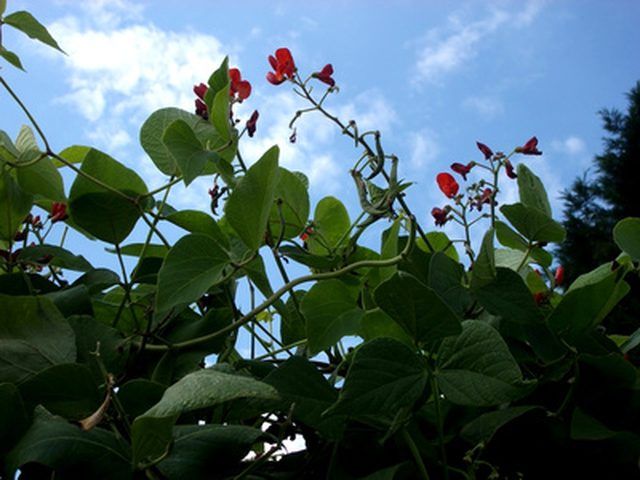Bulbs
Flower Basics
Flower Beds & Specialty Gardens
Flower Garden
Garden Furniture
Garden Gnomes
Garden Seeds
Garden Sheds
Garden Statues
Garden Tools & Supplies
Gardening Basics
Green & Organic
Groundcovers & Vines
Growing Annuals
Growing Basil
Growing Beans
Growing Berries
Growing Blueberries
Growing Cactus
Growing Corn
Growing Cotton
Growing Edibles
Growing Flowers
Growing Garlic
Growing Grapes
Growing Grass
Growing Herbs
Growing Jasmine
Growing Mint
Growing Mushrooms
Orchids
Growing Peanuts
Growing Perennials
Growing Plants
Growing Rosemary
Growing Roses
Growing Strawberries
Growing Sunflowers
Growing Thyme
Growing Tomatoes
Growing Tulips
Growing Vegetables
Herb Basics
Herb Garden
Indoor Growing
Landscaping Basics
Landscaping Patios
Landscaping Plants
Landscaping Shrubs
Landscaping Trees
Landscaping Walks & Pathways
Lawn Basics
Lawn Maintenance
Lawn Mowers
Lawn Ornaments
Lawn Planting
Lawn Tools
Outdoor Growing
Overall Landscape Planning
Pests, Weeds & Problems
Plant Basics
Rock Garden
Rose Garden
Shrubs
Soil
Specialty Gardens
Trees
Vegetable Garden
Yard Maintenance
Red Bean Plant Growth
Red Bean Plant Growth. Red bean plants, also known as kidney bean plants, follow a particular growth cycle that is quick to develop and easy to observe. Red beans are also inexpensive and easy to purchase in a supermarket, making them the perfect material for a school science experiment and a good start for learning about plant growth in general.

Red bean plants, also known as kidney bean plants, follow a particular growth cycle that is quick to develop and easy to observe. Red beans are also inexpensive and easy to purchase in a supermarket, making them the perfect material for a school science experiment and a good start for learning about plant growth in general.
Stages
When a red bean is planted in soil and watered, the growth process begins. Water causes the outer coat of the bean to swell and split. There is a tiny plantlet inside the red bean, with two embryonic leaves. The embryo works a radicle out of the red bean, which becomes the primary root. After this, the coleoptile, or primary stem, begins growing upwards, then developing a first and second leaf, followed by mature leaves. As the red bean plant continues to grow, it will produce more complex root systems, leaves, flowers, and eventually red bean pods.
Dormancy
Because a red bean is part of the legume family, it has a thick coating that prevents moisture or oxygen from getting into the bean, keeping it in a dormant period. The thick coat can be very strong, and occasionally it is necessary to take a razor and slightly nick the coating so that water and oxygen can get in and germination can start.
Soil
Red bean plants grow well in a variety of soil types and pH levels. It does best in soil that is sandy or loamy, with full sun exposure. Fertilizer is always welcome to encourage red bean plant growth, and compost in addition to animal manure (chicken or cow is best) will facilitate growth.
Time Frame
Red beans go through many stages of growth between dormant seed and fully grown, fruiting plant, and this process takes time. The initial germination process from bean to seedling can take anywhere from three to 40 days, depending on the environmental conditions. A typical red bean plant takes 50 days to grow from a seedling into a fully mature plant. The full height of a red bean plant varies based on type and condition: some red bean plants are climbers and will grab with their tendrils until they can't grow any taller, while others are bush beans and remain lower to the ground as they mature.
Identification
When watching a red bean plant grow for several months, it can be difficult to tell when it has reached full maturity. One indication is time: if the seedling has been growing for close to two months, then it is probably mature. Another sign of a red bean plant's maturity is the appearance of pods: the plant will have flowered already, and the pods will appear in their place. Fully grown red bean pods will be 5 to 6 inches in length at maturity.